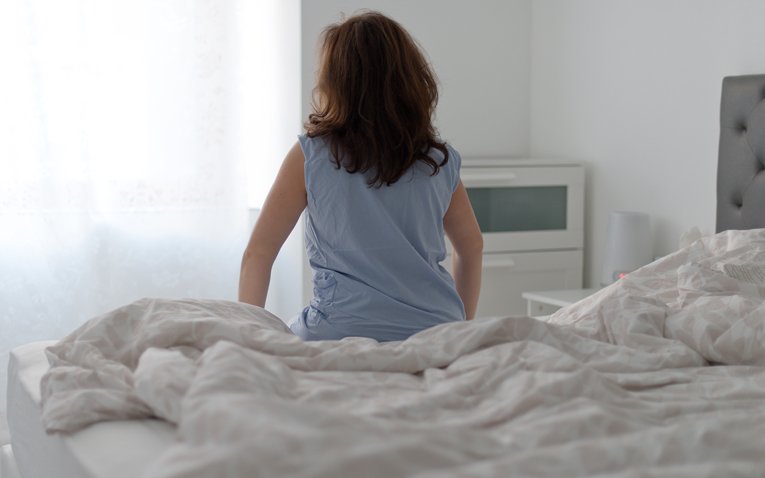Out of spotlights, min

On February 11, the International Day of Women and Girls in Science was celebrated. Women scientists had a greater impact on the media than usual, highlighting the steps taken on equality in the scientific-technical field. At the same time, numerous actions were carried out, such as attracting young people to the world of science, especially minority disciplines (physics, some engineering, computer science…). But that the excess of brightness does not blind: when the foci are off, the environment is very dark.
Proof of this is the special issue that the medical journal The Lancet has published on the occasion of this day. The title of the editorial leaves no doubt: “Feminism is for everyone.” The research articles that make up the number bear the title for reasons.
In one of them, for example, 11.5 million studies published between 1980 and 2016 have been analysed, and the conclusion is regrettable: in medical research, women are undervalued and do not take into account the genetic, physiological differences between the sexes, nor the differential effects of drugs on each other. Still men are the center: they are often the heads of research, they are the ones that are the measure and for them the treatments are designed.
To overcome the problems that this entails, a few years ago the institutions took measures, as the U.S. Institute of Health. has clear criteria to also use cells and female animals in the experiments and for women to also participate in clinical sessions. There are similar measures in the European Union.
However, the study by The Lancet reveals that these measures are insufficient: Eight out of ten drugs removed from the market between 1997 and 2001 were more harmful to women than to men.
The most used excuse to exclude women in clinical trials is that they are more hazardous due to the menstrual cycle. In some respects, however, it has been shown that men present greater fluctuations than women. And yet, how difficult it is to shoot down stereotypes!
Pain is an example. A 2001 scientific article is entitled: “Girl who screams with pain: spill against women in the treatment of pain.” The article indicated that, in general, women have more pain than men, is deeper and harder, and yet the treatment given to them is less.
Well, according to another study published in 2017, the situation has not varied, at least in the age segment analyzed (18-24). Research shows that doctors tend to underestimate the pain of young women. This is common in cases of endometriosis and sexual assaults, among others. It is time to put the spotlights in the darkest corners and claim “I believe you”, also in science.
Published in Berria
Buletina
Bidali zure helbide elektronikoa eta jaso asteroko buletina zure sarrera-ontzian











